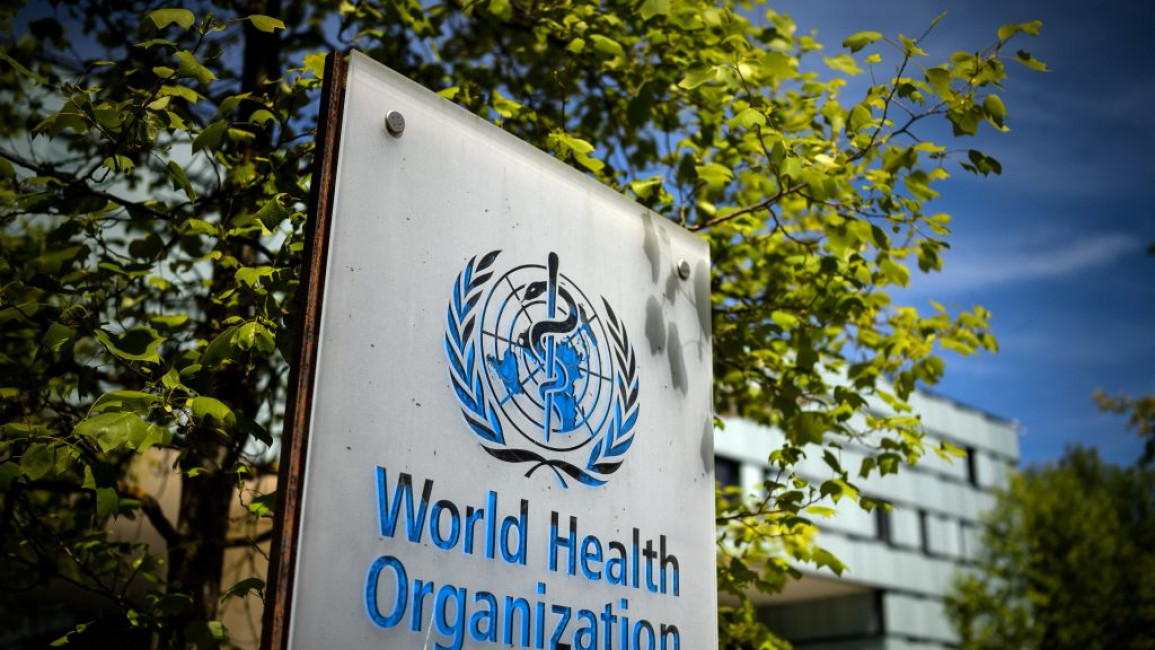Poorer countries most exposed to air pollution, WHO finds
Around 99 percent of the global population breathes air that exceeds the World Health Organization's air quality limits, with people in low and middle-income countries being most exposed to pollution, according to the UN agency's latest database.
The agency's report includes data on air pollutants such as particulate matter and nitrogen dioxide - both of which are found in fossil fuel emissions and blamed for some respiratory and heart conditions - for the years between 2010 and 2019 and covers over 6,000 cities in 117 countries.
Air pollution kills at least 7 million people prematurely each year.
The levels of small and hazardous airborne particles, called particulate matter, in the Africa and Western Pacific regions were nearly eight times the agency's guidelines, while the lowest levels were observed in Europe, according to WHO.
In the 117 countries in which air quality was monitored, less than 1 percent of cities in low- and middle-income countries comply with WHO recommended pollutant thresholds.
In contrast, only 17 percent of cities in high-income countries fall below the WHO's Air Quality Guidelines for particulate matter.
The levels of nitrogen dioxide in low-and middle-income countries were about 1.5 times higher than in high-income countries.
"The urgency of addressing the twin health challenges of air pollution and climate change underscore the pressing need to move faster towards a world that is much less dependent on fossil fuels," WHO Director-General Tedros Adhanom Ghebreyesus said.
Responding to rising air pollution levels, the WHO revised its annual average limits for particulate matter and nitrogen dioxide last year, making them more stringent.
The latest database includes suggested steps governments can take to improve air quality, including implementing stricter vehicle emissions standards, improving public transport and cutting down on agricultural waste incineration, among others.
(Reuters)



![Squad incumbent Summer Lee has won her district's Democratic primary. [Brooke Anderson/The New Arab]](/sites/default/files/styles/image_330x185/public/2024-04/413898031_1041031157158522_8195934720767720634_n%20%283%29.jpg?h=ff8c3fa3&itok=75Sx6fbL)